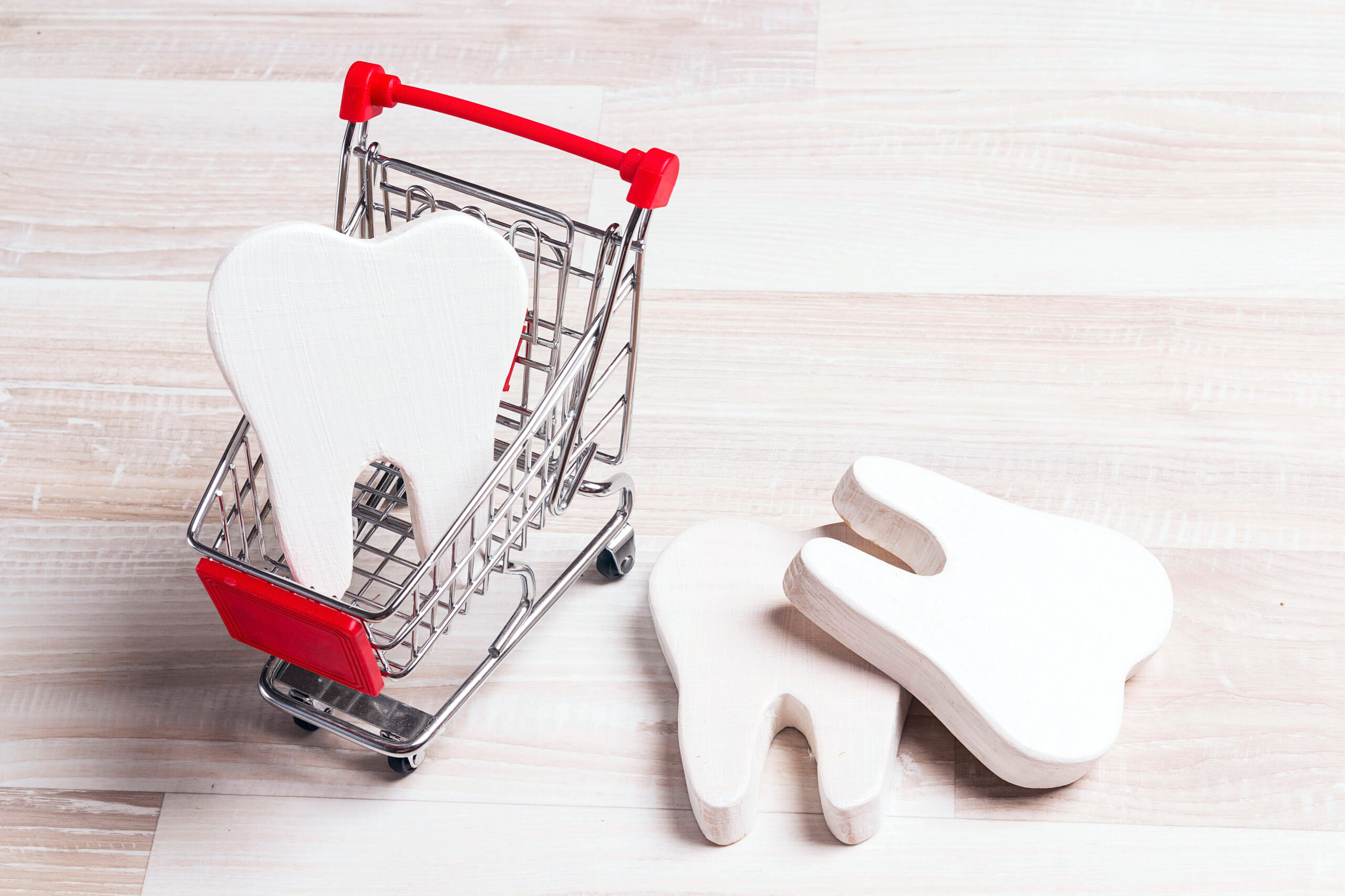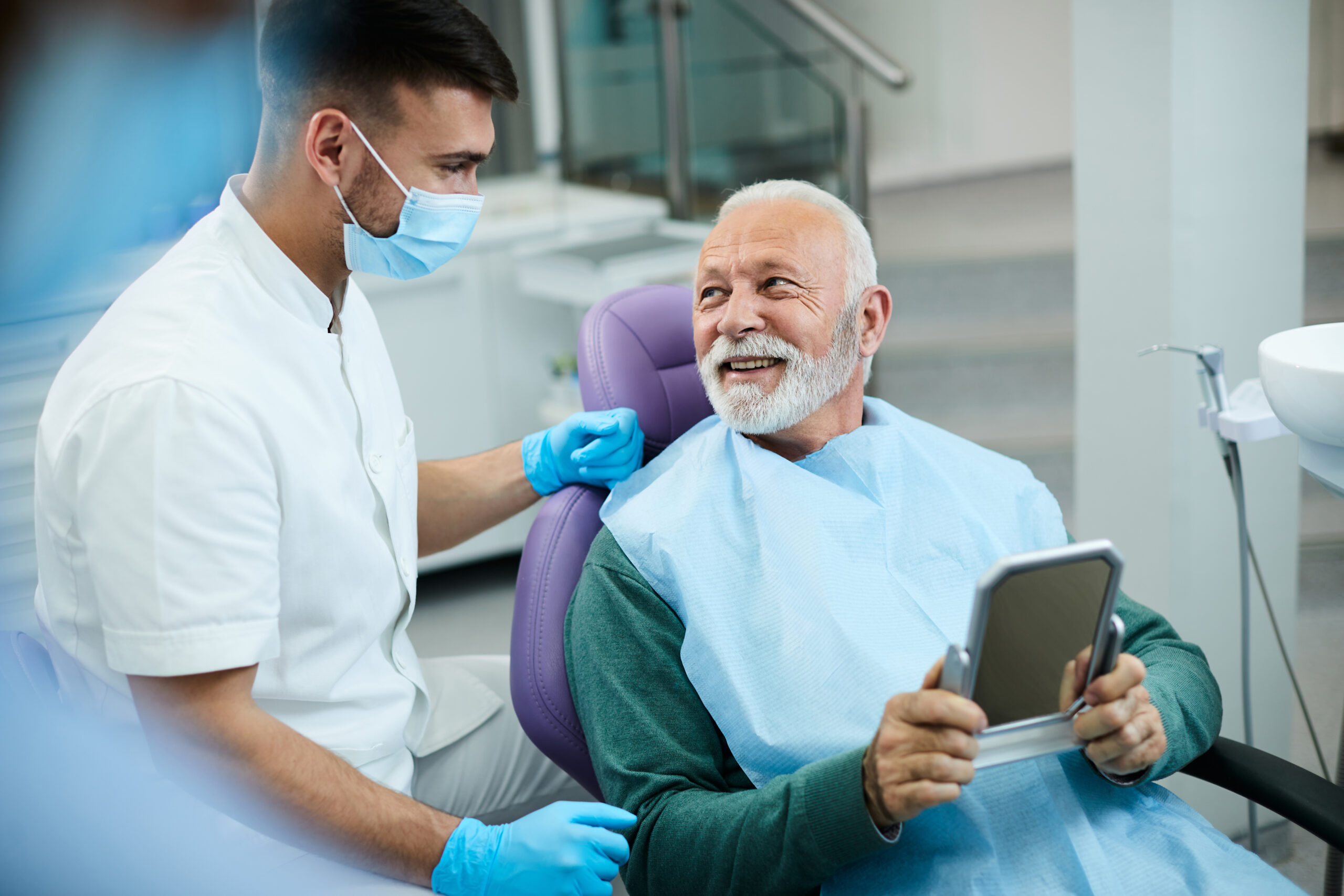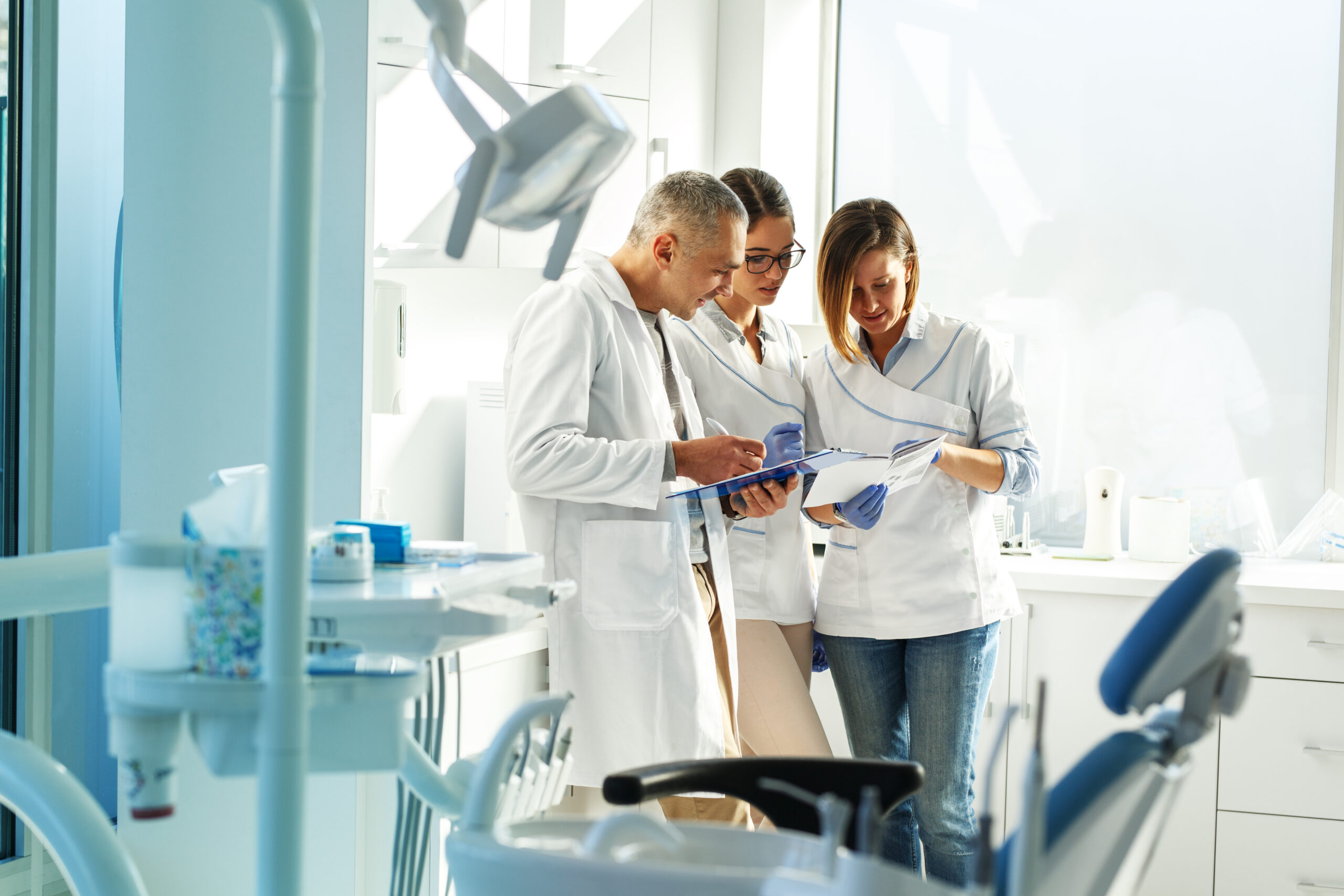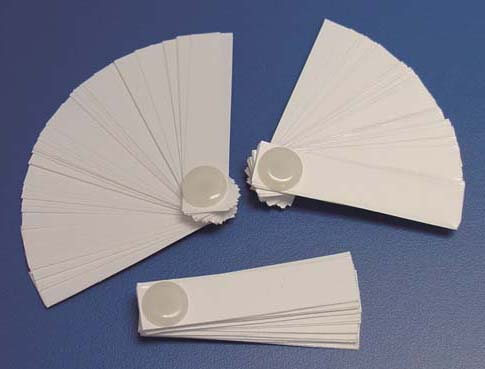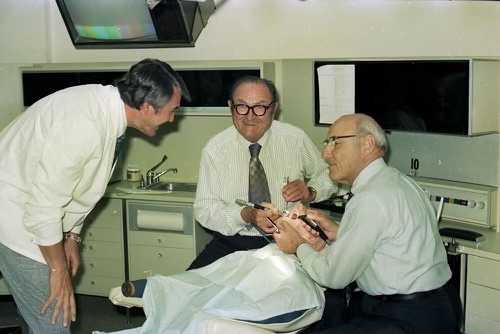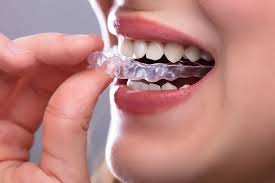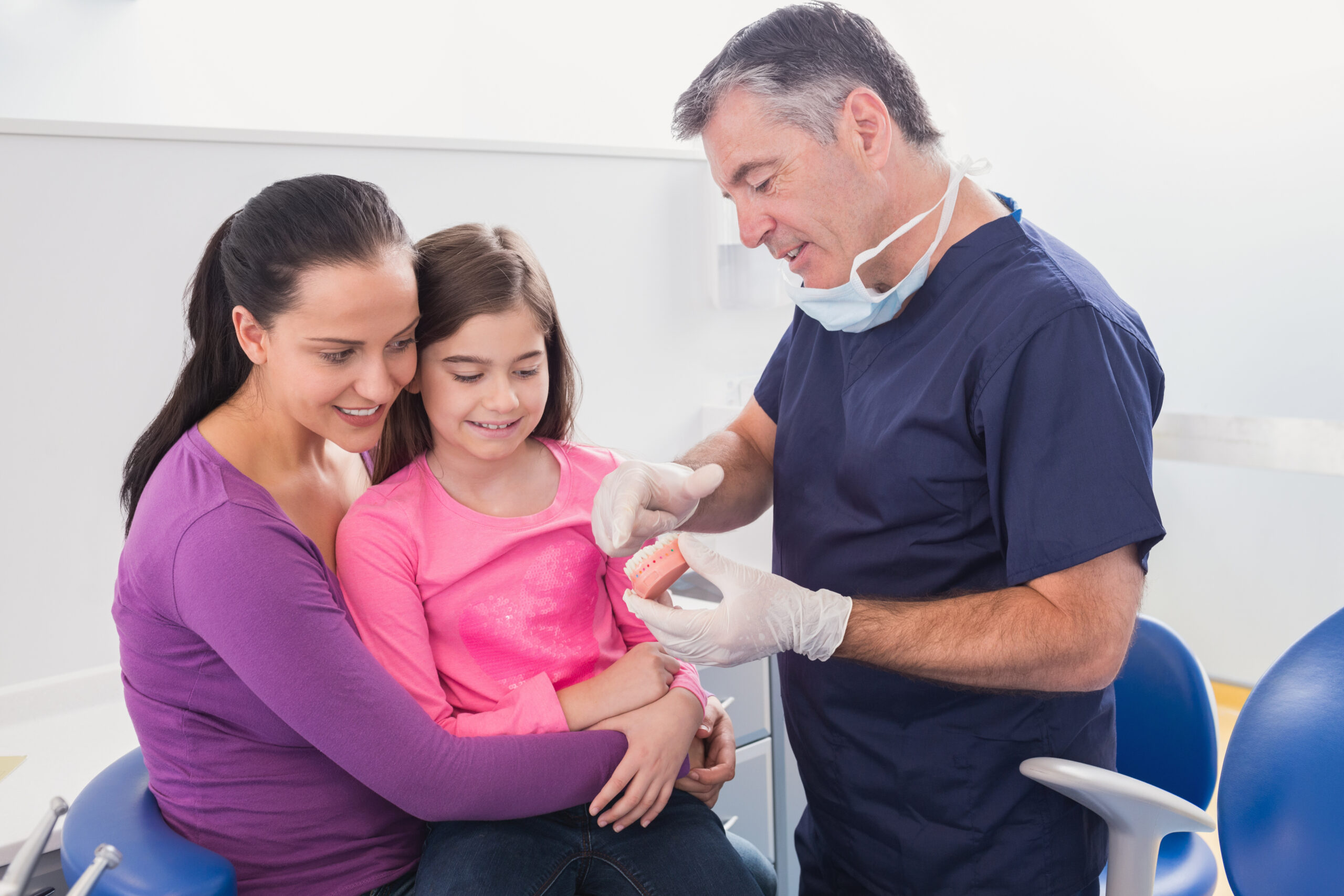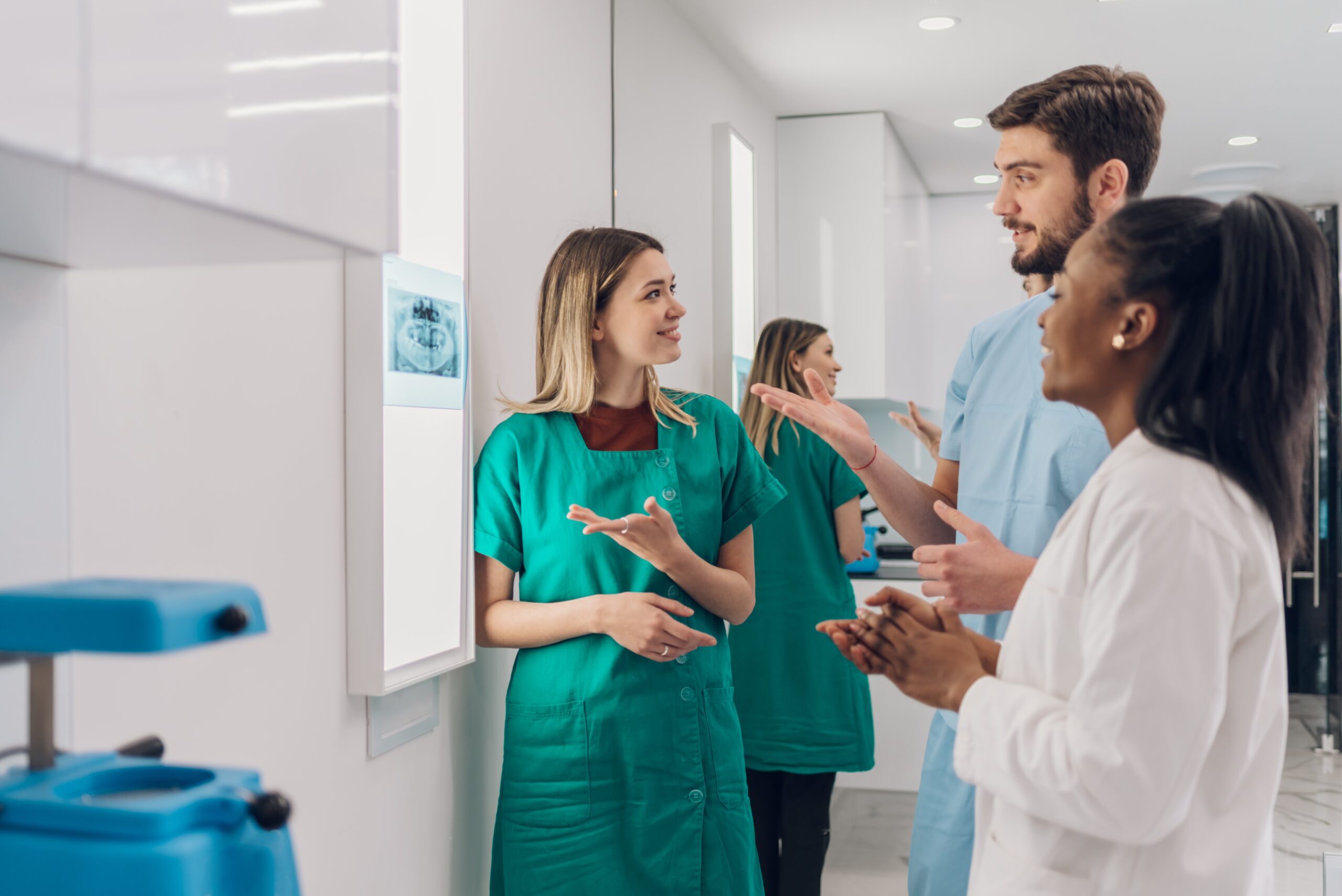Dental Sleep Medicine in Restorative Practice Part 9: Marketing Dental Sleep Medicine
Dental Sleep Medicine in Restorative Practice Part 9: Marketing Dental Sleep Medicine
By Todd Sander DDS
How do you start reaching out to physicians and other providers to build a dental sleep medicine practice? Start with the ones you know. Start with your own personal physician and start a conversation. If your dental patient is on CPAP, get permission to converse with their doctor. I spend time contacting many primary care doctors and find they are the ones who know patients are non-compliant with their CPAP therapy. They help me get patients re-evaluated by a sleep specialist.
This may not be true in your community, but in Charleston, SC, where I practice, many primary care doctors don’t know what to do with their non-compliant CPAP patients. They are thrilled to have someone to refer them to try alternative therapy.
Years ago, I reached out to sleep testing centers to communicate my services. Both independent sleep labs and hospital-based sleep labs have been great sources of referrals. For many years, I was the dental advisor to a sleep lab. A great conversation starter with sleep physicians, is the potential of combining CPAP and an oral appliance. This often allows the CPAP air pressure to be turned down so their patients be more comfortable and compliant.
When you screen your dental patients for airway issues such as sleep apnea and snoring, the next step is referring your patients with issues for a sleep study. When the patient discusses their symptoms with their primary care physician or a sleep physician, you are mentioned and often documented as making the referral. Over time, physicians come to know you as a go-to provider of dental sleep appliance therapy. This process is sped up when you take the time and initiative to contact your patient’s primary care physician with your patient’s permission. You can guide physicians and remind them of the recommended standards-of-care, including appliance therapy in place of or in combination with CPAP therapy.
Some patients self-refer to me, as friends and family talk about their experiences in my office, but I am not spending money on digital advertising to bring in dental sleep medicine patients. Mostly, they are referred to me by physicians, dentists, and other patients. This is the same for my dental practice.
As mentioned in a previous part of this series, our hygienists have attended dental sleep medicine courses with me and screen for airway issues. They adeptly educate and guide patients who have signs and symptoms to schedule an examination and consultation with me.
Note: When patients are referred to me for dental sleep medicine, I never encourage them to become dental patients in our practice. This is a choice they might make but I am extremely careful to refer patients referred by a dentist back to their referring dentist for all dental needs. I am an adjunct to help other dentists’ patients fulfill a prescription for a dental appliance.
If a patient comes in for sleep-disordered breathing but is also experiencing facial pain or TMD, I understand that this patient’s two issues are likely connected and I will not be able to successfully treat one without treating the other. This is an opportunity to communicate in depth with the referring dentists and let them know I plan to treat the patient for both issues simultaneously. This has been easier for me to do because I have had years of experience in treating facial pain and TMD issues in my dental practice, as well as sleep apnea and snoring.
Related Course
Mastering Business Essentials
DATE: August 7 2025 @ 8:00 am - August 15 2025 @ 12:00 pmLocation: The Pankey Institute
CE HOURS: 22
Regular Tuition: $ 3295
Single Bed with Ensuite Bath: $ 345
The Blueprint for Running a Practice with Long-Term Growth Dr. Pankey’s original philosophy encouraged dental professionals to be proficient in 3 specific areas: technical mastery, behavioral excellence and business savvy….
Learn More>
